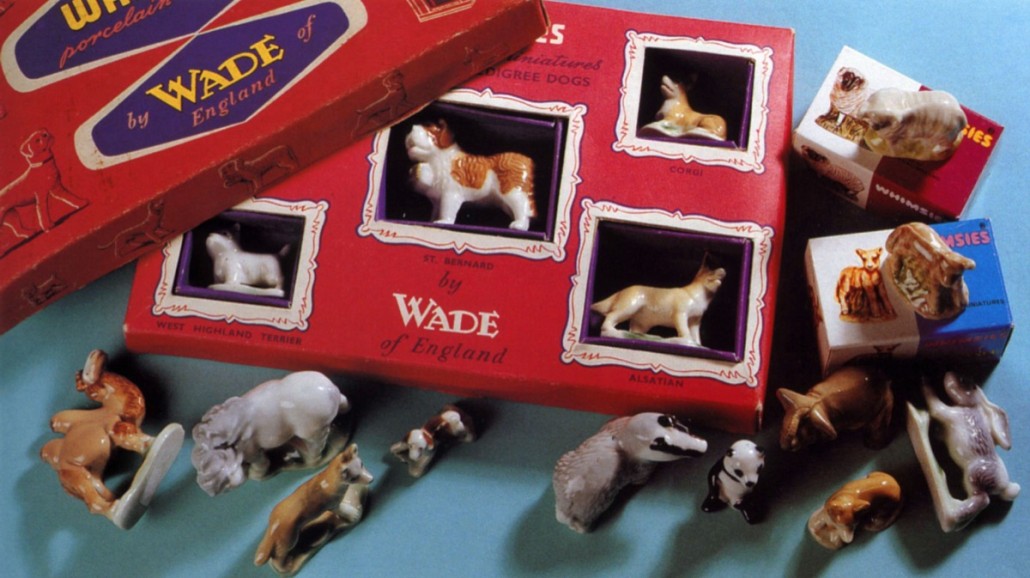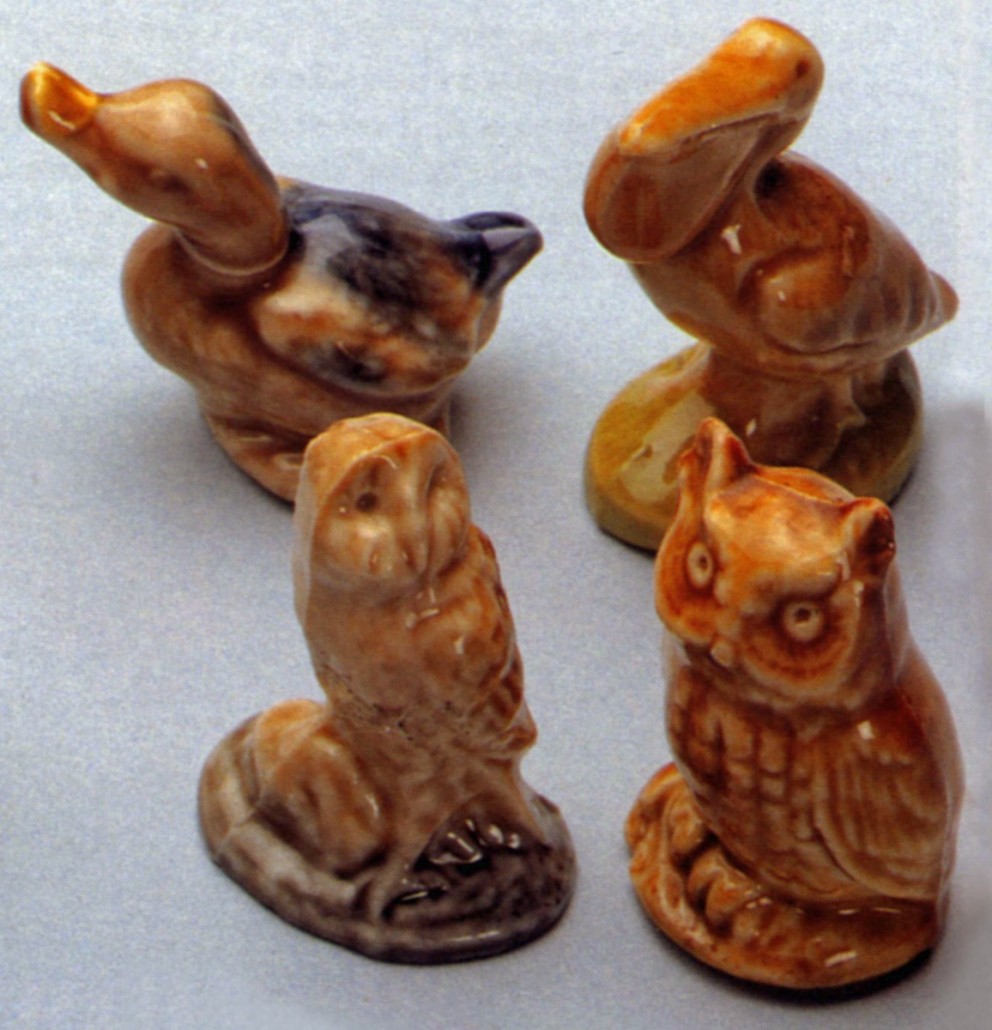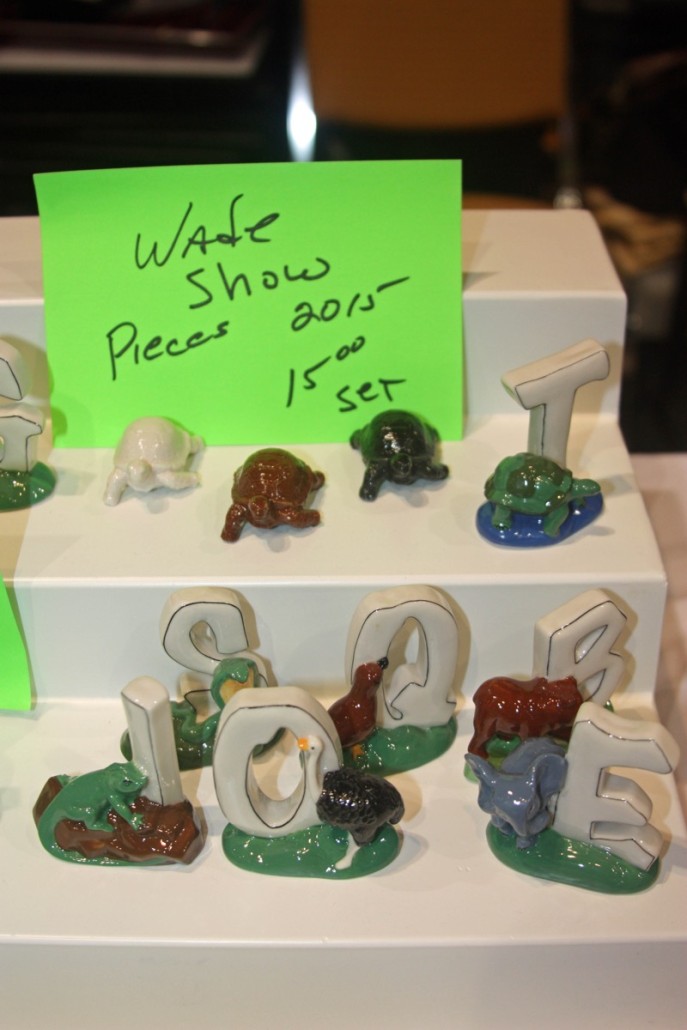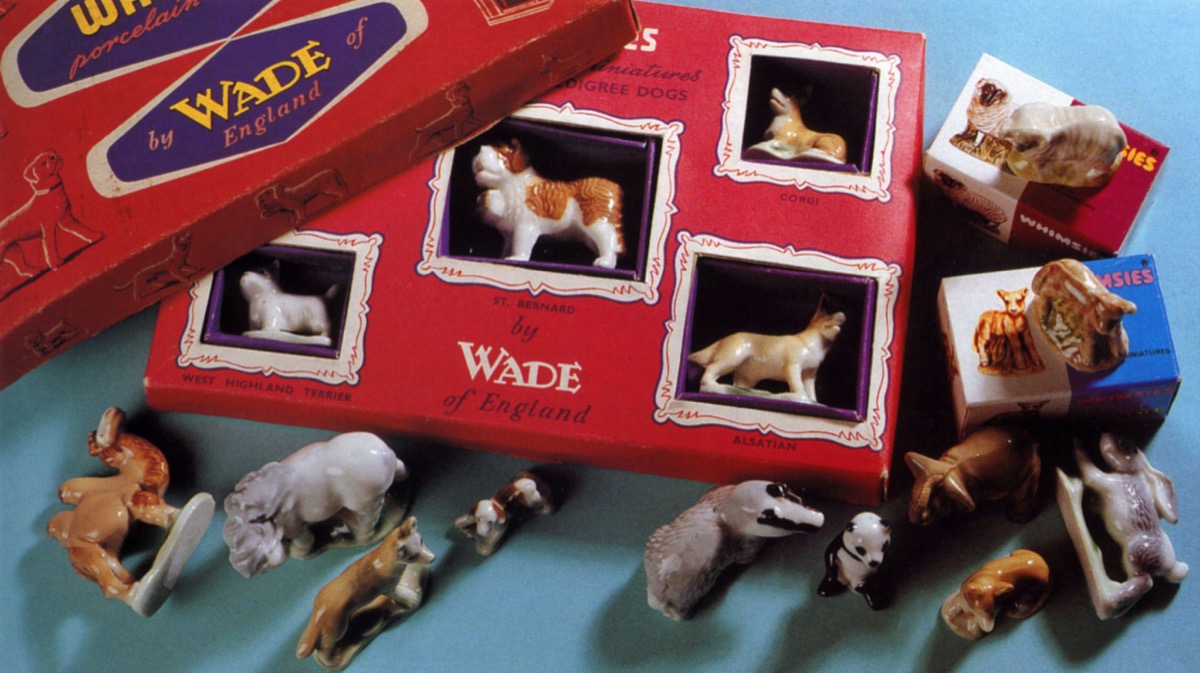
LONDON – It was the last weekend of our holiday in the sun but even so, we couldn’t not go to the 47th annual Suncoast Antique Bottle & Collectible Show. After all, we went to the 46th and readers with long memories will recall I wrote about it here last year.
It was as fascinating as ever and we are forever learning something new about the wonderful hobby we share … fortunately. The Business Manager (Mrs. P) finds it hard to get excited about bottles. So many look the same, she says.
But she was the first between us to strike up a conversation with exhibitor Paul Caldorni. While he could get excited about bottles, his wife, Carolyn, he said, had been collecting Wade pottery for 40 years.

At home in Ruskin, Florida, she told us, she has an air-conditioned storage facility for 5,000 pieces, while 30 or 40 of her most prized pieces – her so-called silhouette vases and Anton, a 1930s harlequin figurine – are on show in cabinets in her house.
Her holy grail is Wade’s spider and spider’s web vase – let me know if you can help – but that’s another story.

The real story – as far we were concerned – was the group of Wade Whimsies that Carolyn was selling. They were given away with Red Rose tea, she said. Er, sorry, did we hear that right?
The BM said she remembered buying Whimsies on childhood trips to places like the zoo, but neither of us had heard of them ever being freebies with packets of tea.
Carolyn was quick to educate us, but for the uninitiated, Whimsies first appeared in 1954, introduced by George Wade at the British Industries Fair that year.
At the time, the pottery manufacturers in Stoke-on-Trent were suffering from the restrictions on production imposed during the World War II. The restrictions were not lifted completely until August 1952, and Wade, in line with many of its competitors, was struggling to keep the factory in production.
The little solid porcelain animal figures were among a number of new product lines dreamed up by designer Iris Carryer and given their name after they were described as “whimsical” by Wade’s personal secretary.

Although not aimed directly at children, the endearing little figures – the largest measures just over 2 inches in height – had a toy-like quality that was not lost on the company. The first were introduced in a boxed set of five and cost 5/9 (29 pence).
It comprised a leaping fawn, a horse, a spaniel with a ball, a poodle and a squirrel. Wade had established a giftware factory in Portadown, Northern Ireland, in 1953 and such was the success of the boxed sets, the two factories took turns producing subsequent sets.
Competition between the two workforces probably helped maintain the quality of the early sets until 1959, when the 10th and final boxed set was produced in Portadown.
Whimsies continued to be made in the 1960s but not for the retail market. Instead, they were packaged as giveaways intended to promote the sales of various often unrelated products made by other manufacturers – the so-called premiums market.
Enter Red Rose tea, a brand introduced by Canadian Theodore Harding Estabrooks (1861-1945) who hit on the idea of selling the stuff in packets direct to the consumer, rather than loose to the wholesaler. The firm also introduced the ubiquitous tea bag.

The idea took off and Red Rose was soon distributed across Canada and the United States before being sold in 1932 to Brooke Bond, famous in the UK for its advertising featuring tea-drinking chimpanzees.
In a marketing gamble, Red Rose began giving away the Whimsies in their bags of tea, originally as a promotion available only in Quebec. The response was so successful that soon it covered all of Canada, but U.S. collectors had to wait until 1983 before the promotion was launched there.
The Whimsies were so popular that Carolyn said she once met a fellow collector from Pennsylvania who, before the promotion was extended, traveled to Canada periodically just to buy packets of the tea so she could add to her collection.
The promotion continues today, although Carolyn said that, to avoid damage, the tea packets now contain certificates as proof of purchase that can be exchanged for Whimsies by return post.
Millions of Whimsies have been given away this way, while others were prizes inside several brands of Christmas crackers.
Their popularity was such that in 1971, Wade introduced a second set of 60 Whimsies to be sold individually in their own boxes. For the collector prepared to pay a small premium, the 60 were divided into 12 sets of five and it was still possible to buy each of the sets in a display box, issued regularly until 1980.
In 1999, Wade Ceramics Ltd. was the subject of a management buyout and is now a privately owned company. It continues to produce Whimsies for Red Rose and other promotional purposes.
Whimsies are collected for their quirky charm, not the quality of manufacture. Because of massive production runs, there are many variations in seemingly identical models but all with minor changes. This is because molds became worn over time and had to be be replaced, giving slightly different results.
Later models are less well defined than earlier productions and colors, which were soft, pastel, more varied and hand-painted are uniform and less realistic. Place a 1950s Whimsie alongside a late example and the difference is striking.
Quality aside, the great thing about Whimsies is that there’s a range to suit all tastes: they include cats, dogs, birds, sea life, snow animals, pets, wildlife, farm animals, dinosaurs, nursery rhyme characters, circus figures, miniature houses, leprechauns, monks and even Disney animals.
Most collectors’ fairs have at least one vendor selling Whimsies and prices start at 50 pence, sometimes even less. Carolyn had a box full at 50 cents each. Early figures usually sell at a premium of up to 10 times a later more common example. Boxed sets in mint condition are sought after and can fetch £200 or more depending on age. They are an ideal way to introduce children to collecting.
___
By CHRISTOPHER PROUDLOVE



